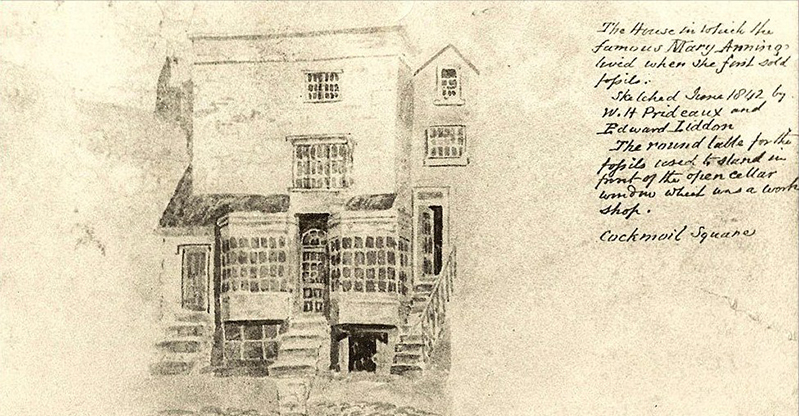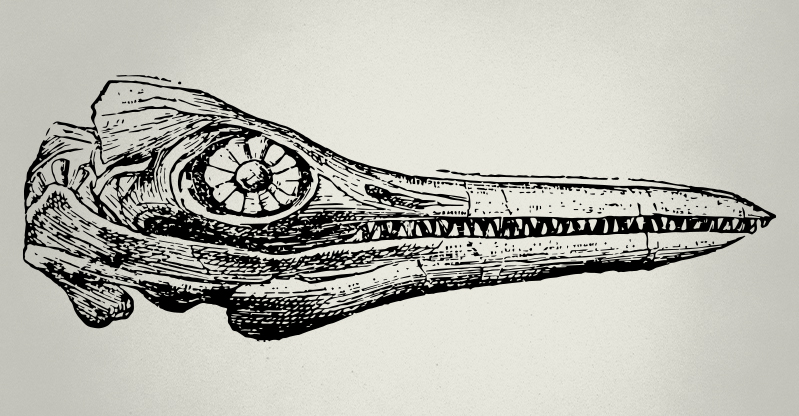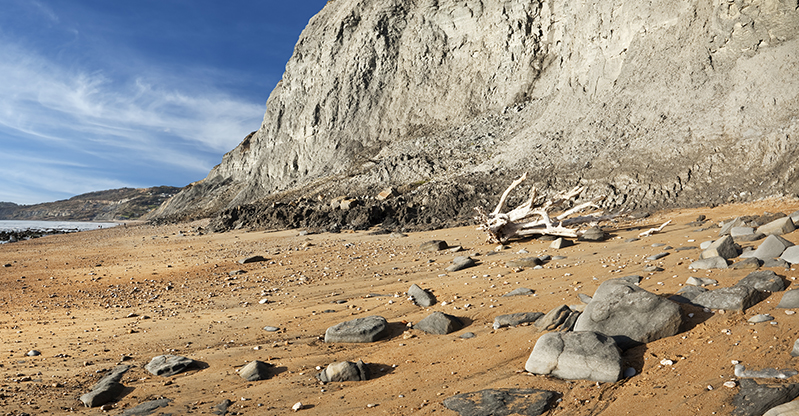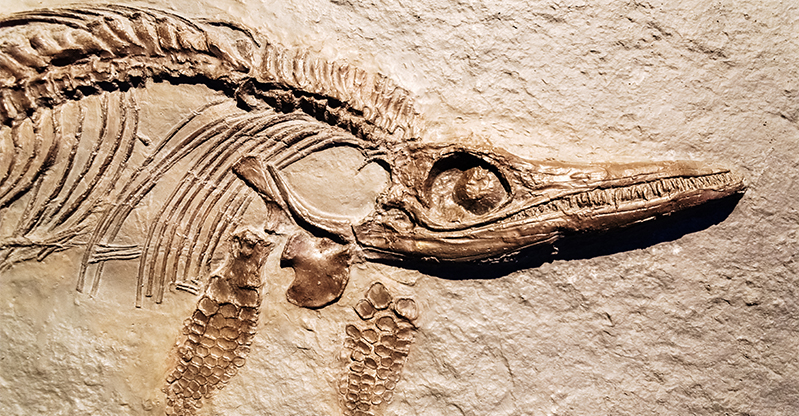It is time to honor another woman who changed the world. It is time to give the stage to another person who shifted the way we think and do. As we’ve done in the past, we will share some insightful facts about the life of someone who was a fossil collector, a fossil dealer (yes, that was a thing back in the 1800s), and a remarkable paleontologist. Have you heard about Mary Anning? Well… it is time you do!
How much do you know about prehistoric life? Well, be ready to be amazed… Mary Anning’s discoveries in Jurassic marine fossil deposits in the cliffs along the English Channel at Lyme Regis in the county of Dorset in Southwest England made her famous worldwide.
Her discoveries influenced how scientists and researchers conceive prehistoric life and approach Earth’s history. But, who was Mary Anning, and why did she become such an important figure for the world of paleontology? Let’s jump into her life story!

Continuing the family business
Mary Anning was born in England in 1799, and her first oncoming to the world of fossils and paleontology was part of a family business. Her father, a carpenter and cabinetmaker, supplemented his income by searching for fossils in the town’s coast cliff-side and selling his finds to tourists.
Because of many social and family reasons, Anning’s education was very restricted and limited; yet she learned to read and write at a Congregationalist Sunday school.
Mary’s father, Richard, frequently took her and her brother, Joseph, on fossil-hunting outings to augment the family’s income. And as mentioned before, on a table outside their home, they sold their discoveries to tourists and locals.
In 1811, when Mary Anning was only 12 years old, her brother Joseph discovered a 4-foot ichthyosaur skull, and a few months later, Anning found the remainder of the skeleton.

A chauvinist scientific community
Many years after her father passed away, and after having opened the very influential business Anning’s Fossil Depot, Anning became an essential person in the worlds of both geology and paleontology.
At Lyme, several geologists and fossil collectors from Europe and North America visited her. Some even bought fossils from Anning for the New York Lyceum of Natural History, which opened.
In 1844, King Frederick Augustus II of Saxony visited her shop and bought an ichthyosaur skeleton for his vast natural history collection.
Regardless of her deserving worth, Anning was viewed as an outcast in the scientific community simply because she was a woman. Back then, women were not even allowed to vote, hold public office, or pursue higher education in the United Kingdom. Women were not allowed to join the newly created but very prestigious Geological Society of London or attend meetings.
Sadly, farm labor, household service, and factory employment were the only vocations commonly available to working-class women.
Although Anning understood more about fossils and geology than many of the wealthy fossil collectors she sold to, the male geologists usually published academic descriptions of the specimens she discovered, frequently without mentioning Anning’s name. That caused lots of anger in the Anning family.

Changing how people looked at fossils.
It is crucial to mention that when Anning began collecting fossils, the prevailing scientific theory was that they preserved existing animals’ remains. The idea of animals that existed but were extinct had already been proposed but wasn’t widely accepted.
Anning taught herself the basics of anatomy using animals that no one had ever seen alive. It was what helped her become an expert in the science and art of reconstructing and reparation: The technique to remove the sand around a fossil to expose the specimen inside it.
She discovered fossil remains of fish, their scales, and even smaller ichthyosaurus to the one she had already found with her brother long ago. She also unveiled the mystery of bezoar stones, discovering fossilized feces (now known as coprolites). This last discovery is significant to understanding the entire prehistoric ecosystem.
Maybe her most important discovery was a 10 meter long (from head to tail) animal that caught the attention of the entire international scientific community. Since she was a woman, no article was published under her name but under the name of the men with whom she collaborated.
Anning’s discoveries, her skills, and her anatomical knowledge helped assure an entirely new understanding of the world and create a new scientific field: paleontology. A science that enabled us to rebuild and comprehend a vast amount of the history of life on our planet.

Give your daughters the tools they want to change the world!
It is time to give your children the ultimate tools they need to change the world. Empower them to reach their full potential and make them understand that all of their dreams are achievable.
Enrolling them in one of Tekkie Uni’s live and online courses will enable them to be part of an enjoyable and encouraging learning environment. Here mistakes are used as learning experiences. Your child will gain hands-on experience to turn their dreams into outstanding realities.
Are you ready to see them happy and succeeding? The time is now!





